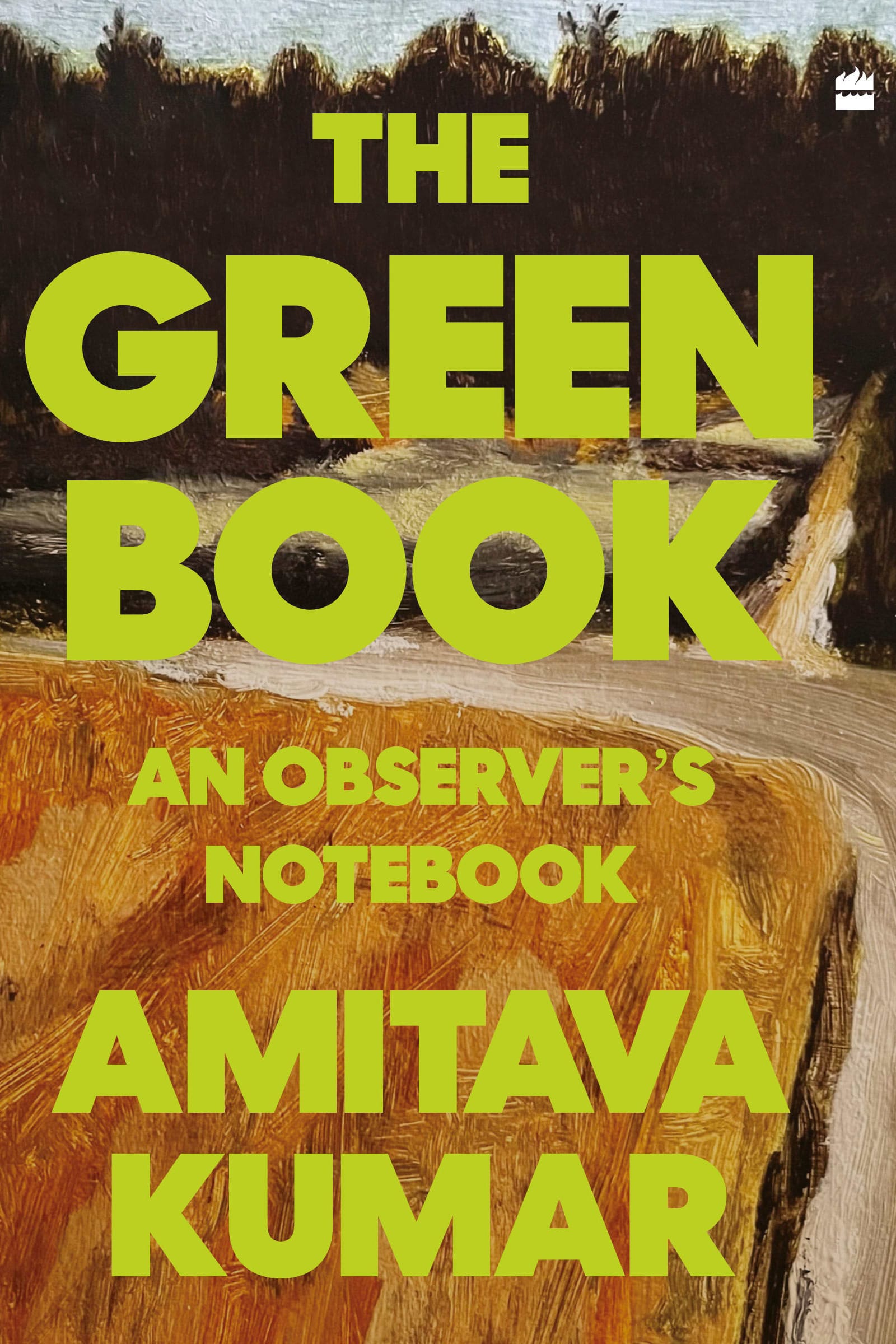 Listen to this article
•
15:34 min
Listen to this article
•
15:34 min
Trees
‘Even if I knew that tomorrow the world would go to pieces, I would still plant my apple tree,’ said Martin Luther. ‘On the last day of the world I would want to plant a tree,’ wrote W.S. Merwin. And Louise Erdrich has this sage advice: ‘When it happens that you are broken, or betrayed, or left, or hurt, or death brushes near, let yourself sit by an apple tree and listen to the apples falling all around you in heaps, wasting their sweetness. Tell yourself you tasted as many as you could.’
In February 2023, exactly a month before my father died, I noted down the following quote from May Sarton in my journal: ‘Keep busy with survival. Imitate the trees. Learn to lose in order to recover, and remember that nothing stays the same for long, not even pain, psychic pain. Sit it out. Let it all pass.’
In the Indian subcontinent, our literature has built an affective tradition around trees. They are distinct characters and represent a link to feelings of home. Perhaps because trees, unlike humans, possess roots. One of the best examples of this representation occurs in Intizar Husain’s novel Basti. Zakir is Husain’s protagonist, a historian, who has migrated from India to Pakistan. In his newly adopted homeland he misses the trees of his past. He asks a friend, ‘Aren’t there any neem trees here?’ He is taken to a park and soon they are standing under what he is told is a neem tree. Zakir says, ‘Yaar, this is Persian lilac.’
His friend is embarrassed and assures him that they can search for a neem tree. Zakir is pierced by a yearning for the home he has lost. ‘But we never had to search for neem trees! In the afternoons when the desert wind blew, and in the rainy July days, their greenness always proclaimed their presence.’
जिए तो अपने घर में गुलमोहर के तले,
मरे तो गैर की गलियों में गुलमोहर के लिए
In my teens, ever since I first read the above two lines from the poet Dushyant Kumar, I have always thought of the gulmohur with particular affection. (Such is the power of words! And of literature!) How are we to translate those words?
“Let life find me in my own garden
Under the flowers of the gulmohur
Or if death is to ambush me, let it be in the streets of strangers
In search of the gulmohur”
In his novel The Overstory, Richard Powers provides an introduction to what we might call the inner life of trees. ‘We found that trees could communicate, over the air and through their roots,’ a scientist explains in The Overstory.
‘That trees feed their young and synchronize their masts and bank resources and warn kin and send out signals to wasps to come and save them from attacks.’ In an interview, Powers described his novel as an experiment in attempting ‘to grant personhood, to grant character status, to grant subjectivity to the non-human.’ This emotion would be recognizable to our own poets and writers. But Powers is also making a further argument. He has said: ‘The history of civilization can in some ways be seen as the gradual expansion of who gets to be a person. … We grant personhood to companies … so why shouldn’t we be able to bring out a lawsuit on behalf of a river or a mountain or an ecosystem or a stand of trees?’ When put in this way, we are not talking of trees as motif of romance or mere nostalgia. Rather, to make this leap is to face the crisis of the anthropocene where the dominance of the human, his arrogance as much as his greed, has brought the planet to thebrink of annihilation.
When I look outside the window in my study, I see the yellowwood tree in my backyard. I have sketched and painted it many times, particularly its white flowers that always draw out gasps of admiration from my wife, Mona, who is in the habit of declaring that this yellowwood is her favourite tree. As a way of showing my love for her, I paint that tree again and again in different seasons. Several years ago, when my daughter was very young, she had a pet hamster. When he or she died, I buried him or her under the yellowwood. The tree would always give shade to the hamster.
Last winter, we discovered that the trees on the far side of our backyard, beyond the yellowwood that stands in the middle, had been cut down. I made a painting of the chopped trees and wrote a poem describing what had happened. Which is all to say, I was once again trying to communicate with my wife. I wrote the poem first in Hindi—ah, the pleasure of using one’s own mother tongue in a foreign land—and then I translated it into English.
Excerpted with permission from The Green Book by Amitava Kumar and published by HarperCollins.






